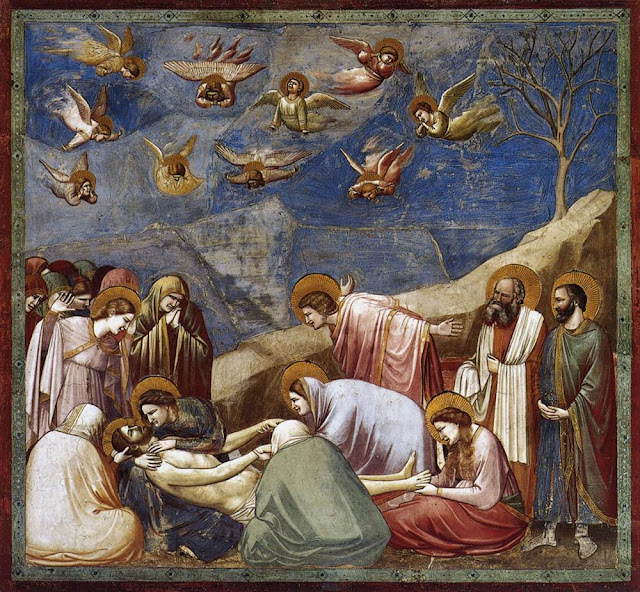How the Universe Got Its Spots
by Janna Levin, 2002
If the title sounds clever and you're not sure why, it's a play on Rudyard Kipling's tale of "How the Leopard Got Its Spots." The answer to that question is
mentioned in passing in this book: there is differentiation in the concentration of chemicals bathing the leopard's skin
in utero. The universe also has spots, which is to say that there is some lumpiness (although not nearly so much as you would think from your day-to-day experience) in the cosmic stuff still spewing "away" (kind of) from the big bang. The question of where the spots came from turns out to be a little trickier for the universe than it is for the leopard. Let's just say that small quantum uncertainties within the first bizarrely small fraction of a second of the universe's existence could have galactic-scale implications a few trillion years down the road, and hope that we sound pretty smart and that there are no follow-up questions.
Any follow-up questions? No? Good.
The title is actually
so clever that it got used even though it doesn't really match the book. Levin isn't especially interested in how the universe got its spots. What she's interested in is how observing the patterns in those spots might allow us, if we were stupendously lucky, to determine the shape of the universe and figure out whether it is finite or infinite, and if the latter
how infinite. (Yeah, I know, "
how infinite" seems a little dodgy. She explains it.) And even if we weren't that lucky, checking out the pattern of spots, particularly in the background microwave radiation that suffuses the cosmos, might at least allow us to weed out some theories and refine others about how this universe we live in works.
By "us," I of course mean brainy physics types.
By "background microwave radiation," I mean a concept in cosmology that Levin explains over the course of her book
. She also explains such scary concepts as relativity -- special and general! -- dimensionality, topology, string theory, and chaos theory. There are probably plenty of books that try to explain these things, but I doubt any of them are as
chatty as this one. Levin's book, couched as a series of letters to her mother, mixes and matches the concepts that underlie her work with personal stories about the decline and fall of a relationship, what it's like to commute back and forth between California and England, how she furnishes her new apartment, and the like. It is kind of weird, but if the point was to try to humanize theoretical physics and imply that it can be comprehended by ordinary folks with ordinary problems, it is actually kind of successful. The bits where Levin anguishes over whether she should get a new apartment or not have the added advantage of requiring very little effort, which lets you build up a good reading head of steam and get some momentum going for when she gets back to the point and ponders the implications of whether the universe is flat, positively curved, or negatively curved. Like I say, it's kind of weird, but it's also quite readable.
I know just enough about cosmology to know that this book is a bit out of date, but not enough to be able to put my finger on exactly how. But Levin knew when writing it in 2000 that it would have a fairly short shelf-life, and refers several times to the exciting new information that will be flooding in over the next couple of years from new satellite missions. Those new satellites are satellites of the past now, of course, and the flood of data that they provided has been fuel to the brisk growth in our astronomical knowledge in the last decade or so. Did you not know that astronomy was booming? It is! Concept for concept, it has probably been the most productive field of human inquiry over the last fifteen years or so.
Prognosis: How the Universe Got Its Spots is a pretty good book! I think everybody should make a good-faith effort to get their head around the basics of relativity and quantum physics, too. It's not like this stuff is particularly new and revolutionary, and it can't hurt to understand how the world works at a very basic level. Plus, it's interesting.
But the question at hand is, is
Spots the right book for the job? Answer: it's not a bad pick, if you've got a copy available. If not, there are probably others, maybe newer ones, that could also do the trick. If you know of any really good ones, leave a pointer in the comments. The
IAT readership craves ever to better understand the physical universe!



















































